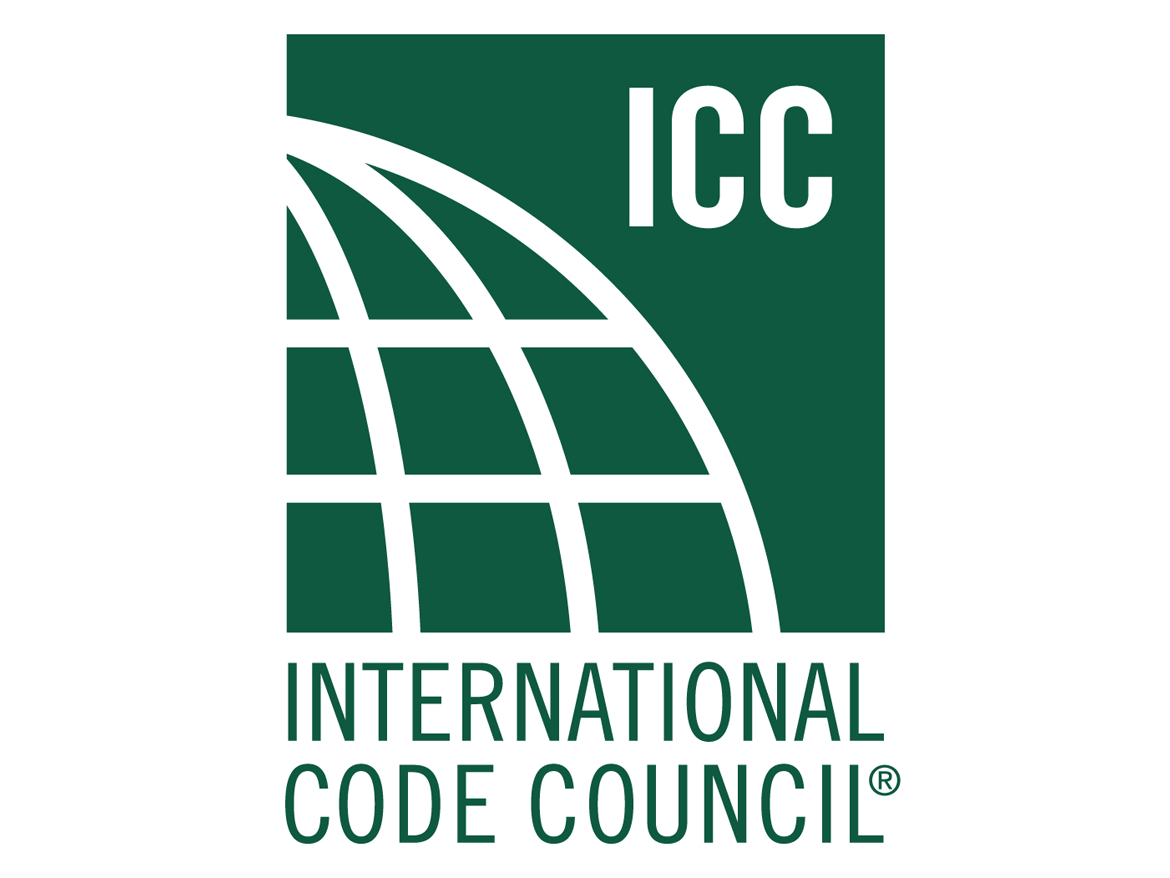Next Level Cladding with Resin Cast Shapes
Brick and Wood Aesthetics that are Sustainable, Versatile, and Easy to Install
Sponsored by Sto Corp. | Presented by Clark Larson AIA, CSI, CDT
Webinar On-Demand
Designers, owners, and occupants all value the appeal of natural brick and wood for exterior cladding and interior surfaces. But these natural materials come with drawbacks. Wood can split, warp, cup, mold, and attract insects. Brick is heavy and susceptible to efflorescence. Quality control is not assured. The fresh alternative is resin cast shapes that offer the beauty of real wood and brick, delivering the benefits of biophilia and a sense of connection with the natural world, but without the issues. This course examines wood and brick resin cast shapes' and demonstrates their sustainability and performance qualities. They are durable, lightweight, and easy to install. Case studies of noteworthy projects illustrate the superior form and function of this next-level cladding alternative.

Photo courtesy of Sto Corp., Skyrise prefab & BBA
 |
Clark Larson AIA, CSI, CDT, began his Sto career in 2004 working as a dedicated Sto Technical Representative for the state of Florida. Since coming to Sto Corp in 2004 he has held various positions including Area Sales Rep & Architectural Specialist. In Clarks current role as Construction Design Manager/Strategic Accounts Manager, Clark has been assigned to the Florida team within Sto Corp. whose job is to service the top Architectural Firms in Florida and across the U.S. He is an active member of CSI, AIA, FPC & FWCCA. |
Sto Corp., based in Atlanta, Georgia, produces a broad range of advanced building enclosure, air moisture barrier and coating systems that deliver energy efficiency and superior aesthetics for building construction, maintenance and restoration.
Originally published in Building Enclosure
Originally published in November 2024
LEARNING OBJECTIVES
- Describe resin cast shapes and their uses for sustainable architectural cladding.
- Define the benefits and performance characteristics of resin cast shapes.
- Explain how resin cast shapes' lower embodied carbon footprint significantly contributes to sustainable building design and occupant safety.
- Describe the lower operational carbon footprint of resin cast shapes. Identify the design and aesthetic versatility of resin cast shapes.











